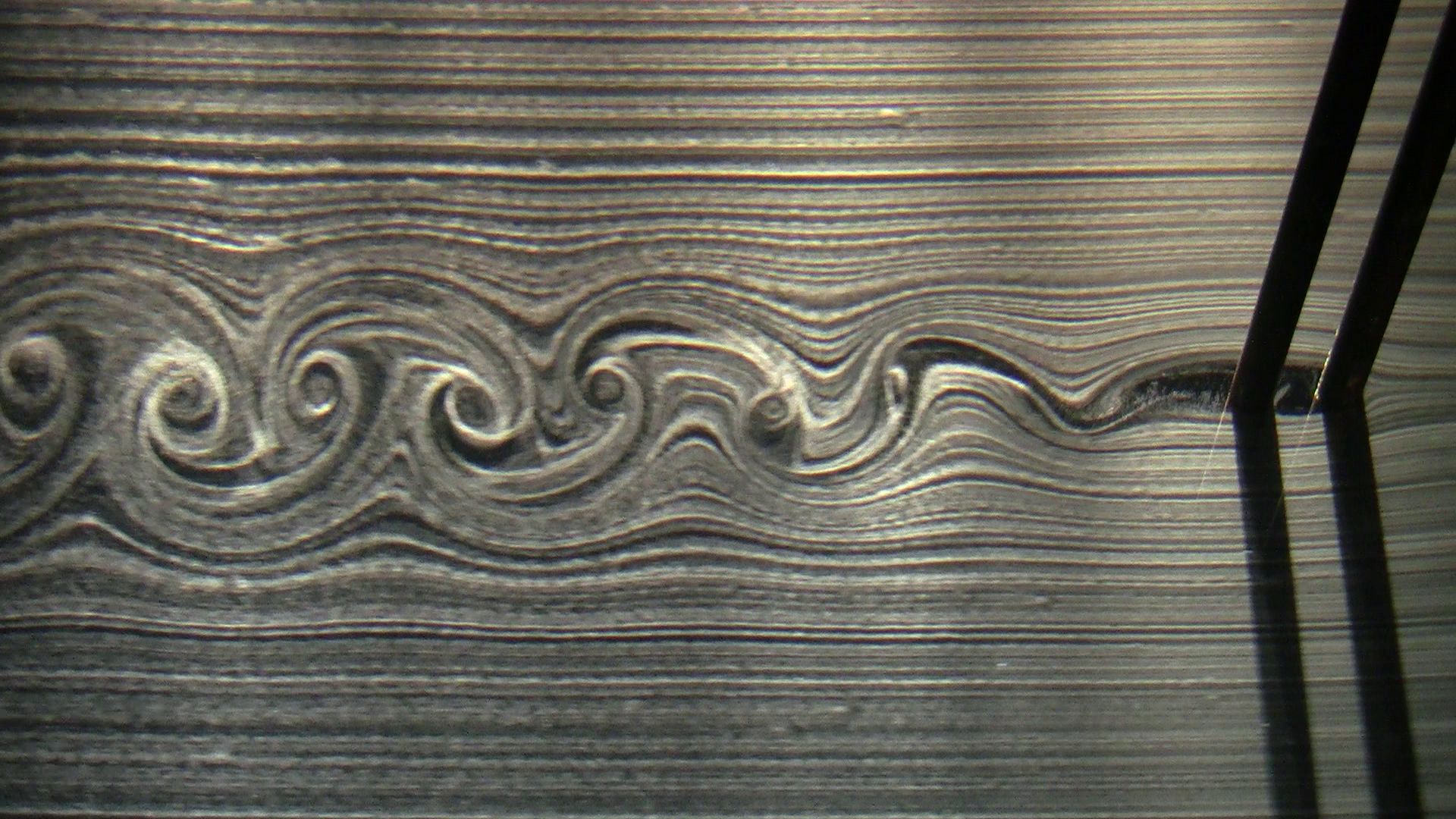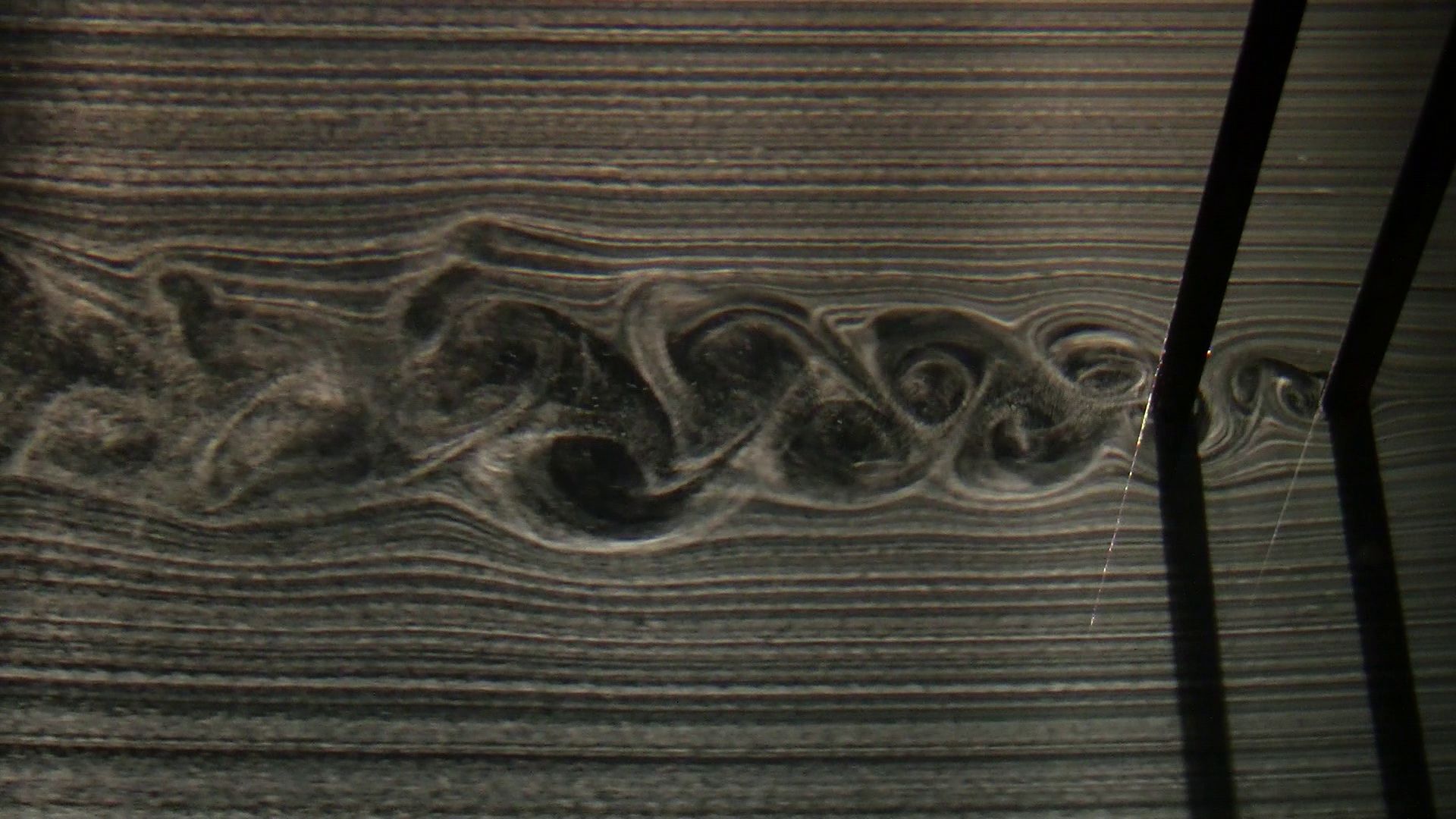Wake Behind a Pair of Bluff Bodies
Understanding of flow past groups of bluff bodies is of practical interest due to its implications for flow-induced vibration and noise. Interference between the bluff bodies can, in certain cases, result in an extremely complex flow physics. Practical scenarios where these flows occur include: heat exchanger tubes, adjacent tall buildings, and piles of offshore platforms in a stream of fluid, to name a few.
Investigation of the fluid dynamics about simple configurations of bodies helps our understanding of the flow around more complex structures, such as the flow past neighboring buildings. In the present project, two cylinders in tandem and side-by-side arrangements are considered. Particularly, emphasis is on the evolution of the wake behind stationary cylinders over a range of spacing as well as cylinders subjected to forced cross-flow vibration over a range of spacing, frequency, amplitude, and phase angle between the oscillating cylinders. Mainly, hydrogen bubble visualization technique is employed for the qualitative visualization of the wake flow patterns. A representative result out of many interesting findings is given in the images below.


Figure: Wake structure behind two stationary cylinders in tandem arrangement. Cylinders are 2 cylinder diameter apart on the left image and 4 cylinder diameter apart on the right image. Flow direction is from right to left. When the two cylinders are placed relatively close, (2 diameters apart), there is no vortex shedding in between the two cylinders, and the wake behind them is very well organized. On the other hand, when the distance between these two bodies is increased (to 4 cylinder diameter), Karman vortices are shed from the leading cylinder, as can be clearly seen in the gap region between cylinders. These vortices then interact with the trailing cylinder, which makes the wake behind the trailing cylinder very chaotic.